Interview | ‘Girl’ director Lukas Dhont responds to trans film criticism: ‘Sometimes art and activism are too connected’
The Queer Palm-winning movie about a transgender ballerina has been criticised for "obsessing" over its subject's physical transition.
By Steve Brown
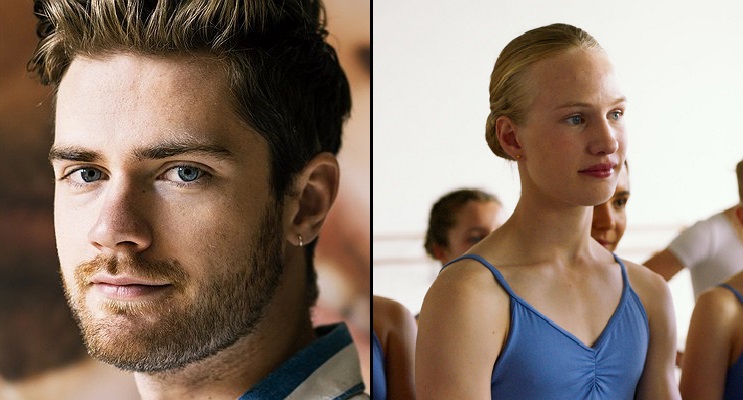
Words: Cliff Joannou
Girl opened in Cannes last year to huge critical acclaim, winning the Queer Palm. Inspired by the real life story of dancer Nora Monsecour from Belgium, the film follows fifteen year old Lara (played by cis actor Victor Polster) who puts herself through a gruelling training regime to enter the very binary world of ballet.
Lara’s journey is fraught with challenges, from the transphobic bullying of her envious classmates to the everyday problems that puberty brings.
Lara negotiates her new school territory, begins to explore a suppressed sexuality and was to deal with every teenager’s nightmare – the inquisitive parent.
As Girl began to travel the festival circuit it drew criticism from queer critics who felt the film obsesses uncomfortably on Lara’s body, focusing extensively on the physical nature of her transition, almost relegating the emotional journey, something that is magnified by Lara’s minimal dialogue.
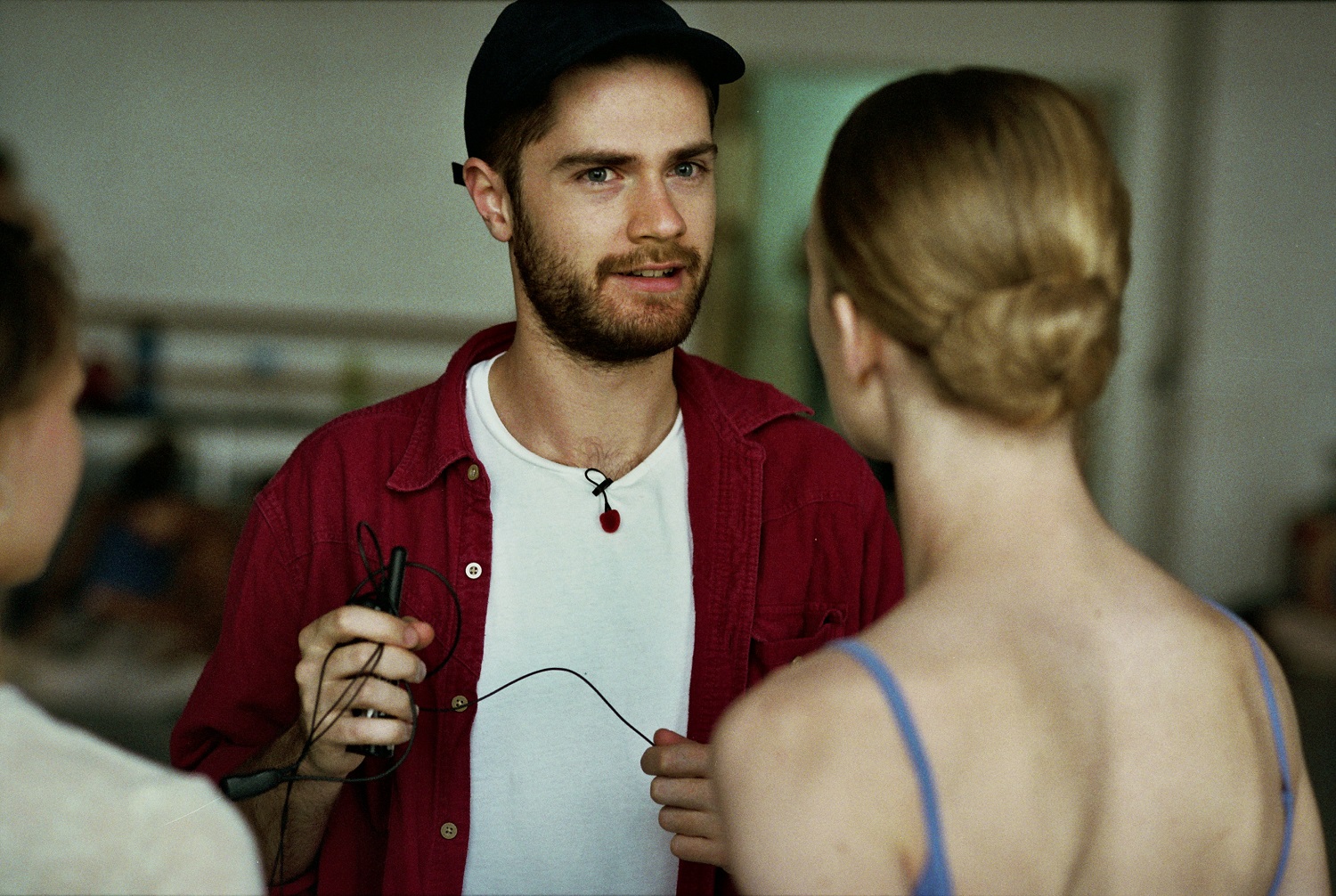
The film’s inspiration, Nora, came out in its defence, saying the film resonated deeply with her own struggle. When approached in 2009 to be the focus of a documentary on her story, Nora declined, and instead consulted director Lukas Dhont on the screenplay that would become Girl.
Of his own early life, Dhont says he stayed closeted, avoiding physical contact with other men and was afraid to engage with his sexuality for the first 21 years of his life.
Born in Ghent, Belgium, which he describes as a city so small it’s a village by comparison to larger more diverse metropoles, he found a familiarity in Nora’s story in terms of the alienation that young people who don’t conform to society’s heteronormative and traditional gender expectations often do…
__________________________
Why did you choose to open the film after Nora had changed schools and just left a place where she had been bullied?
We see a lot of that transphobia in the news and in the world around us, and we’re very familiar with it. In this film we really wanted it to be about her and not about the world, necessarily about those concrete enemies around her.
We wanted it to focus on her internal struggle and on her implosion. That meant taking out those dramatic conflicts around her.
Here you have the world of the classical dance which is for us the external conflict, it’s a world that to date is very gender specified, very binary, and here’s this young person trying to fit into that world.
How did you relate to the character? Like, what personal experiences did you draw upon?
Well, I think that feeling of wanting to fit in rather than stand out is something very universal and something that I personally recognise very well. I have the feeling that many audiences that come to watch the film respond to it also for that reason because it’s something that they recognise.
This is an extremely personal film yet through told through a character that is not me.
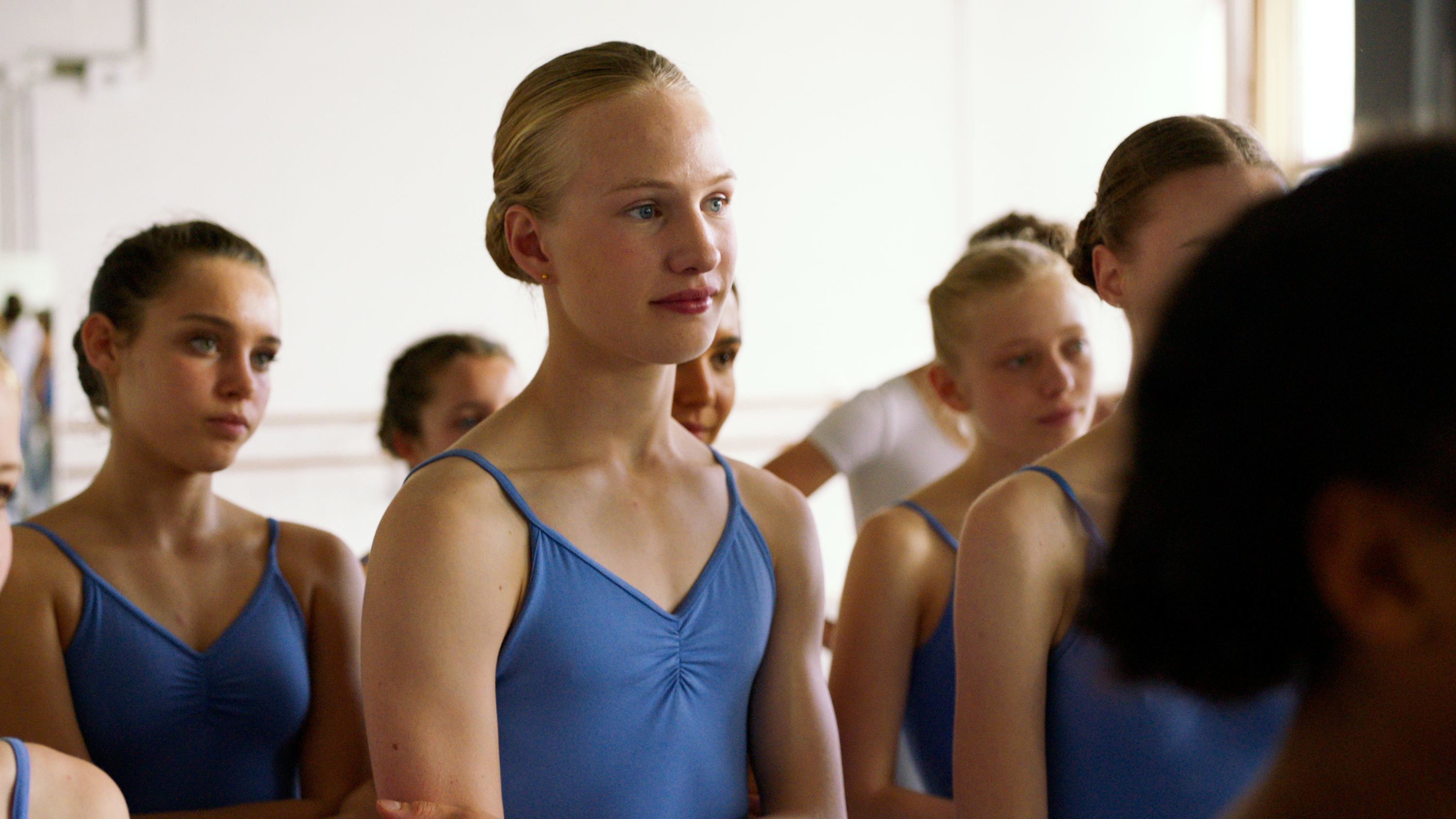
How did you research other trans stories? Or were you just focused on telling her story?
It’s definitely her story. It’s only one trans character’s story, it’s not a spectrum of trans stories, it’s her experience.
Over the course of seven years we worked closely with a lot of transgender institutions in Belgium, transgender info points [sic], the hospital in Ghent.
I met with a lot of trans teens and talked with them and I think one of the things that immediately became clear is also that every experience in that group of people is different.
There’s a lot of focus on the body in the film. Why did you choose to go down that road?
All of the themes in the film are about the body or about physicality. Dance is about the body, it’s about physicality.
Adolescence is about the body, about physicality, and this very specific trans experience – Nora’s trans experience – is about the body.
So, all of those elements together make for the fact that it’s a story around physicality. As a filmmaker, if you watch my short films, the work that I’ve done with choreographers, I’ve always had an extreme interest in physicality.
For 21 years I did not allow myself physical contact with someone else because I was not open about my sexuality. I’ve always tried to look for that contact in my films, to talk about physicality.
And in that sense, Lara is a character that has a very difficult relationship with her body. Yet she chooses an environment where she constantly has to work that body. That’s cinema. That’s conflict.
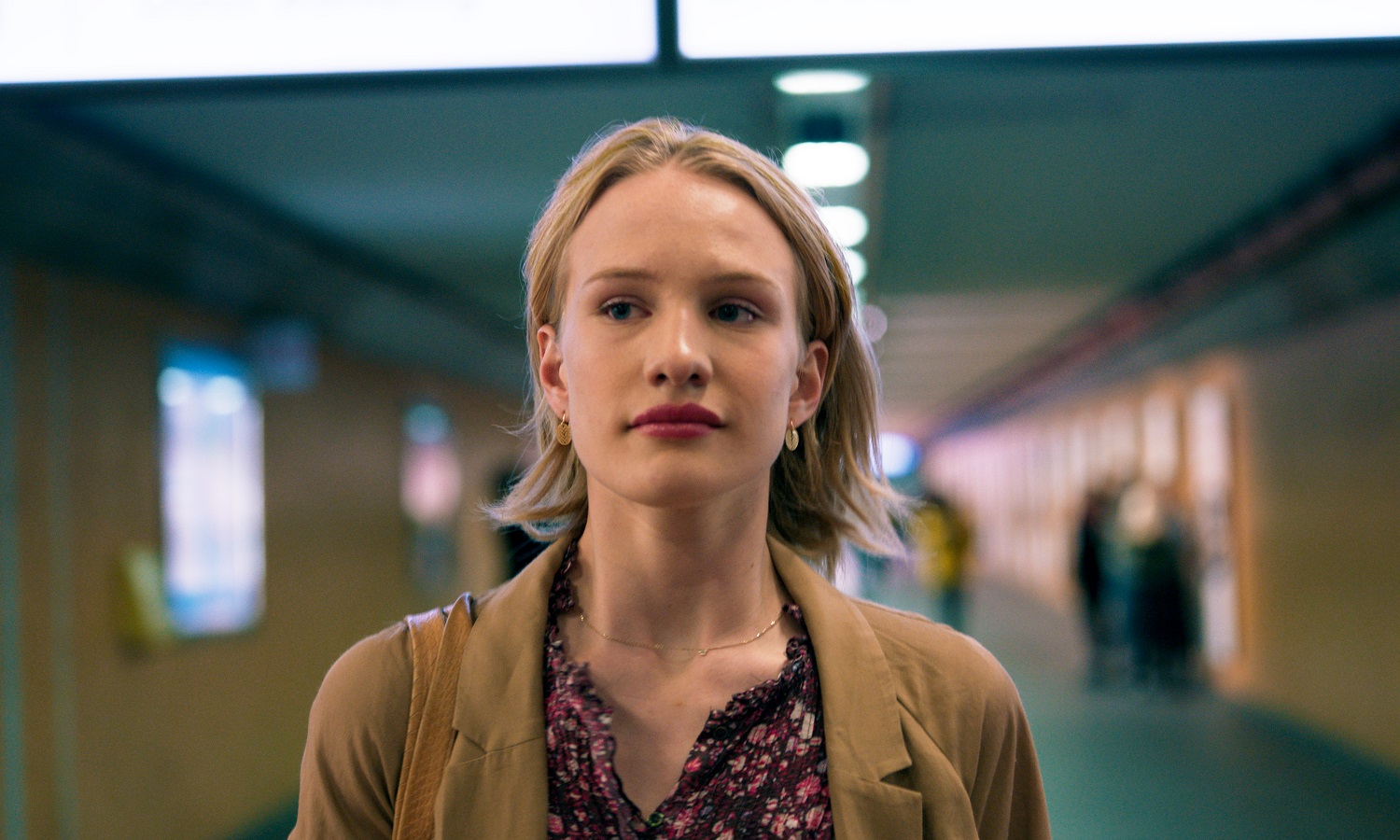
The film received some criticism from trans people. I can understand why because that journey, that transition, it’s such a deeply, personal, private moment that often when we see the deeply personal sides of our journeys reflected back at us, we sometimes don’t like it, we’re not comfortable with it. It was a difficult and private part of our existence.
I find that super interesting what you say because it really is about representation, what we want to see, what we can show, what we can not show.
I mean, why, as a community would we not want to see those things that we also go through? I’ve always seen cinema as a bridge to learn about others, about us, or myself as human being.
I love those films where we are amazing and role models and heroes and perfect, because we are. But we’re also deeply human and we do things that are deeply human and are sometimes dark.
The human being is so layered. I want to see all those layers, not only the shiny top layer.
Why did you add that last scene, which was a deviation from Nora’s true story?
Well, it’s a recurring thought that she has over the years. Since I met her in 2009 and when she expressed that image to me, she could not see herself as the person she wanted to be.
In a ballet film, which is a film about body manipulation, the idea of the ballerina which is still to date this cliché symbol of the highest possible female elegance.
I wanted to have that character her to the extremes in that form to arrive in what she perceives female because that says something about what we perceive as female or male and about that binary world.
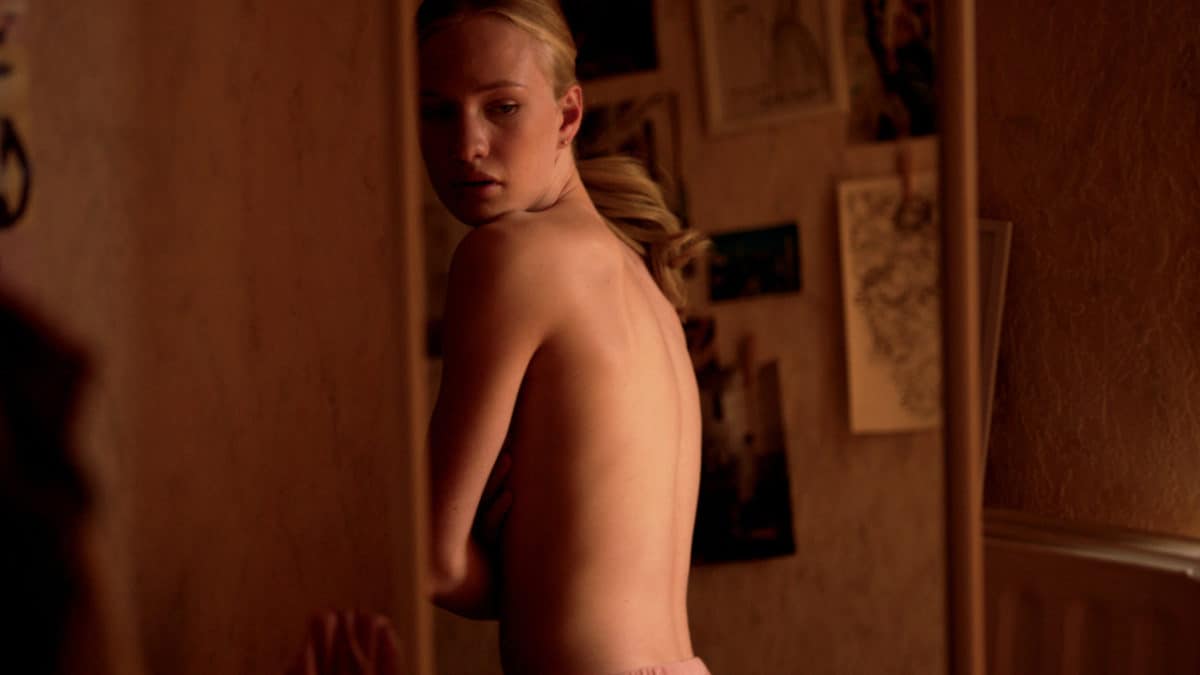
Is it possible to make a queer film that is art and not be seen as a form of activism?
I feel like a lot of times we talk about community but we’re all such individual people wanting such individual things, and the way I think about queer representation is a completely different way than someone else thinks about it.
And because we are a community I think that very much still needs activism, sometimes art and activism are too much connected to each other.
I feel like with this film we made it with a lot of love and a lot of care for the character and for the community that that character belongs to, and I hope that shines true and I’m sure for some people it will. I’m sure for some people it won’t.
Girl is in cinemas and on Curzon Home Cinema.
The film will also be featured in this year’s BFI Flare: London LGBTQ Film Festival on March 22 and 31 – with a special talk on trans representation on screen following the screening. You can get tickets here.
